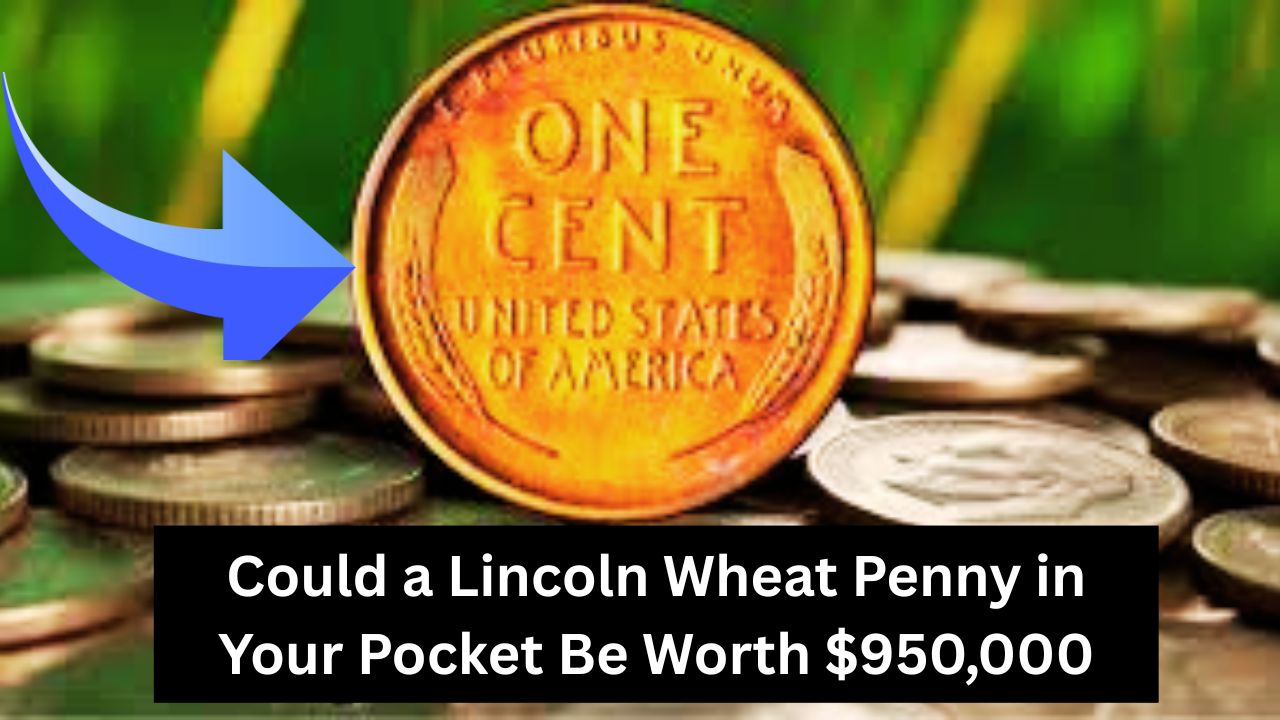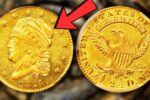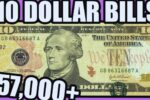A Penny That’s Pure Gold
What if a penny in your change could make you nearly a million dollars richer? Some rare Lincoln Wheat Pennies, minted from 1909 to 1958, are worth up to $950,000 to collectors. These coins, with Lincoln’s face on one side and wheat stalks on the back, were once everyday money but now fetch huge sums due to their rarity. You might have one tucked away in a jar, drawer, or even your wallet. Let’s look at why these pennies are so valuable and how to spot one that could be worth a fortune.
The Story Behind the Value
Lincoln Wheat Pennies were first made in 1909 to honor Abraham Lincoln’s 100th birthday. Designed by Victor David Brenner, they were the first U.S. coins to show a real person instead of a symbol like Liberty. Their value comes from rare mistakes, limited production, or perfect condition. For example, during World War II, pennies were made of steel to save copper, but a few 1943 pennies were accidentally struck in copper, making them super rare. Other valuable versions include coins with doubled text or missing mint marks, which collectors prize.
Which Pennies Are Worth Big Money?
Here are some Lincoln Wheat Pennies that could be worth up to $950,000:
- 1943 Copper Penny: Most 1943 pennies are steel, but a few copper ones exist, with some selling for $850,000 to $950,000.
- 1909-S VDB: This has the designer’s initials (VDB) and an “S” mint mark, with only 484,000 made.
- 1922 No D: A minting error left no “D” mint mark, and only a few hundred are known.
- 1955 Doubled Die: The date and “LIBERTY” look doubled, making it a collector’s gem.
| Coin | Key Feature | Estimated Value |
|---|---|---|
| 1943 Copper | Copper, not steel | Up to $950,000 |
| 1909-S VDB | VDB initials, S mark | $100,000-$500,000 |
| Error Type | Value Boost |
|---|---|
| Doubled Die | $25,000-$100,000 |
| Missing Mint Mark | $50,000-$500,000 |
How to Find a Valuable Penny
You don’t need to be a coin expert to spot a rare penny. Here’s what to check:
- Year: Look for 1909, 1922, 1943, or 1955 on the front.
- Mint Mark: Check under the date for an “S” or “D,” or no mark at all.
- Material: For 1943 pennies, use a magnet. If it doesn’t stick, it might be the rare copper version.
- Errors: Use a magnifying glass to spot doubled text or other oddities.
- Condition: Coins with sharp details and no wear are worth more.
Where to Look and What to Do
These pennies could be anywhere: in your pocket, a coin roll from the bank, or an old family collection. Check places like flea markets or estate sales, where old coins often turn up. If you find a penny that seems special, don’t clean it, as this can lower its value. Take it to a professional coin dealer or a grading service like PCGS or NGC to verify it’s real. Online platforms like eBay or Heritage Auctions can show you what similar coins are selling for, but be careful of fakes.
The Thrill of the Hunt
The idea of a $950,000 penny is exciting, though some experts say top prices are closer to $500,000 for coins like the 1943 Copper Penny. Still, finding one is like hitting the lottery. These pennies carry history, from the Great Depression to World War II, making them more than just money. Collectors love the challenge, and even non-collectors are starting to check their change. So, next time you see a penny, take a second look. It could be worth way more than one cent.



